The railway route from China to Asia to Eastern Europe will be a new logistics service option that will shorten the time and cost of shipping when exporting to Europe.
Before the conflicts in Ukraine and the Middle East, exports from Vietnam to Europe were via two transport routes. Most of the exports were exported by sea via the Suez Canal and arrived at Northern European ports before being transported by land to other countries. A small portion, mainly electrical and electronic goods from large corporations with investment capital in Vietnam, operated the railway route through China, through Siberia and to Eastern Europe via Ukraine or Belarus.
However, geopolitical turmoil has disrupted both of these traditional shipping routes, causing freight rates to skyrocket and time to be extended. According to quotes from some shipping lines, shipping containers from Vietnam to Gdynia port, Poland recently had freight rates of around 2,800 USD/20' container; 4,950 USD/40' container compared to pre-conflict prices of around 1,500 USD/20' container.
In addition, the railway line to Eastern Europe currently operates only via Belarus. But political tensions between Western Europe and Russia and Belarus are seriously threatening the stable future of this railway corridor.
 |
| A China-Europe cargo train departs from Xi'an International Port in Shaanxi Province to Kazakhstan in 2022. Photo: Xinhua |
In this context, European logistics companies have come up with alternative transport options to ensure the flow of goods between the world's two leading economic regions to deal with the possibility of escalating regional conflicts. One of the logistics solutions being tested is a railway route from China through Central Asia, West Asia and then into Eastern Europe with the title: "New LHS Station Strategic Transport Corridor - China - Russia - Ukraine - Poland - European Union".
This initiative is aimed at facilitating the transport of goods from Asia to Europe and vice versa by rail, replacing the current sea route.
Through this transport route, goods from around Asia will be transported to Chinese ports, then transported by rail through Russia, Ukraine and Poland, to penetrate deeper into European countries. The characteristic wide track (1,520 mm) of the post-Soviet gauge in Poland, which can easily connect directly to the countries of the former Soviet Union, will allow the transport of goods without loading at the border. This helps to optimize time and save costs.
In addition, management and monitoring activities are carried out using advanced technologies to reduce the risk of delays and improve logistic operations.
Compared to the two old shipping routes above, transporting goods through this LHS terminal will help shorten shipping time, shipping costs, as well as delivery delays because it is not affected by weather like sea shipping.
In addition, LHS terminal also uses sustainable energy sources, renewable energy to reduce emissions and protect the environment. LHS terminal project can be considered a strategic logistics center and a key traffic route between the East and the West. And Poland is the gateway for transporting goods and going deep into the interior of Europe such as Germany, the Netherlands, France, Belgium and the Nordic countries.
With its geographical location near the center of Southeast Asia, on the international shipping route, especially with its geographical location bordering China, along with the logistics infrastructure in Vietnam being focused on investment in both road, rail, sea, and air. Participating in a link in the LHS terminal project could be one of the new opportunities for the Vietnamese logistics industry in transporting, importing and exporting goods to Poland and penetrating deeper into other European countries without having to rely entirely on sea transport as it is today.
During his working visit to Chongqing City, China on November 8, 2024, Prime Minister Pham Minh Chinh highly appreciated the strategic position and role of Chongqing Logistics Center in connecting trade, and wished to continue to strengthen connections with Vietnam, especially the international railway route from Vietnam through Chongqing, China to Central Asia and Europe.
Currently, the Vietnam Railway is transporting goods from ASEAN countries through Vietnam. These containers will be connected to Asia-Europe trains departing from Chongqing to final destinations in European cities.
With its geographical advantage, Vietnam has the potential to develop into a railway transit hub from ASEAN countries, as well as Vietnam's export goods to Chongqing, China and participate in the LHS project to export goods to Poland in particular and Europe in general. This rail transport will help shorten the time of transporting goods compared to sea transport and have much lower freight rates than air transport.
Although the LHS station project is expected to be a railway transport route that can replace old sea routes such as Suez, Panama, and the Europe-Africa-Asia sea routes or the Arctic route, due to the war and conflict between Russia and Ukraine, Poland's anti-Russian sentiment will also affect the LHS station project.
President Donald Trump, who was recently elected the 47th President of the United States, has declared that he will end the Russia-Ukraine war after taking office in February 2025. The whole world is waiting for his actions and the end of the conflict between Russia and Ukraine will create more favorable conditions for the implementation of the LHS terminal transport project and Vietnam can participate as a transit link in this Asia-Europe transport system.
Source: https://congthuong.vn/lua-chon-dich-vu-logistics-moi-cho-hang-xuat-khau-di-chau-au-362089.html


![[Photo] President Luong Cuong hosts state reception for Brazilian President Luiz Inacio Lula da Silva](https://vstatic.vietnam.vn/vietnam/resource/IMAGE/2025/3/28/56938fe1b6024f44ae5e4eb35a9ebbdb)
![[Photo] Flower cars and flower boats compete to show off their colors, celebrating the 50th anniversary of Da Nang Liberation Day](https://vstatic.vietnam.vn/vietnam/resource/IMAGE/2025/3/28/086d6ece3f244f019ca50bf7cd02753b)
![[Photo] Prime Minister Pham Minh Chinh meets with Brazilian President Luiz Inacio Lula da Silva](https://vstatic.vietnam.vn/vietnam/resource/IMAGE/2025/3/28/41f753a7a79044e3aafdae226fbf213b)
![[Photo] Helicopters and fighter jets practice in the sky of Ho Chi Minh City](https://vstatic.vietnam.vn/vietnam/resource/IMAGE/2025/3/28/3a610b9f4d464757995cac72c28aa9c6)
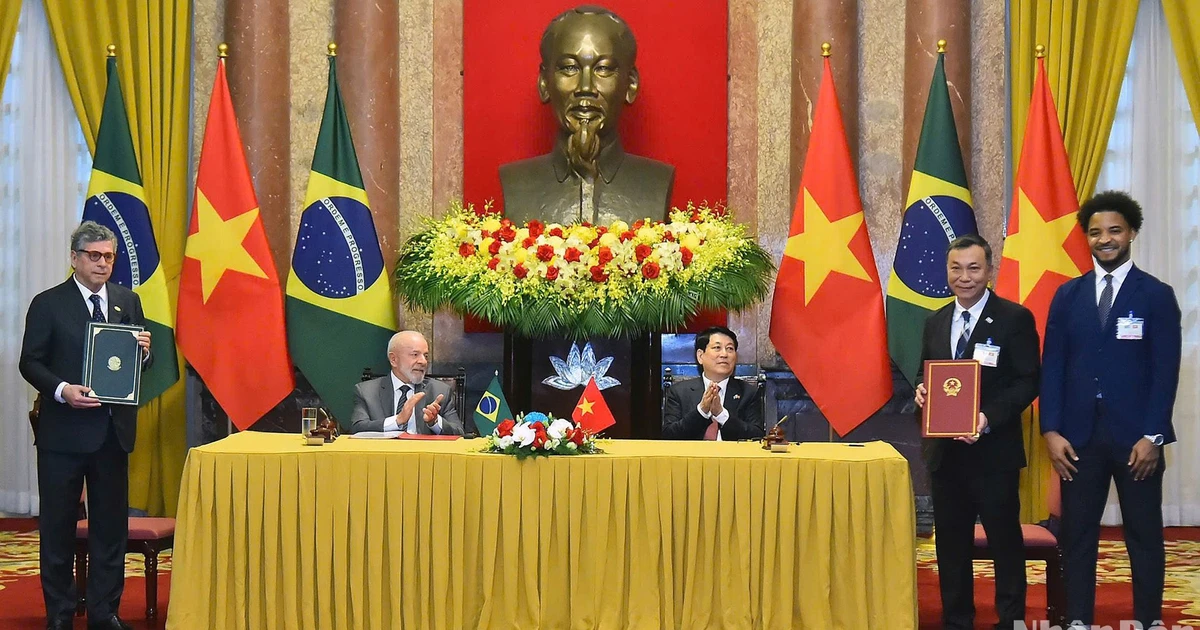


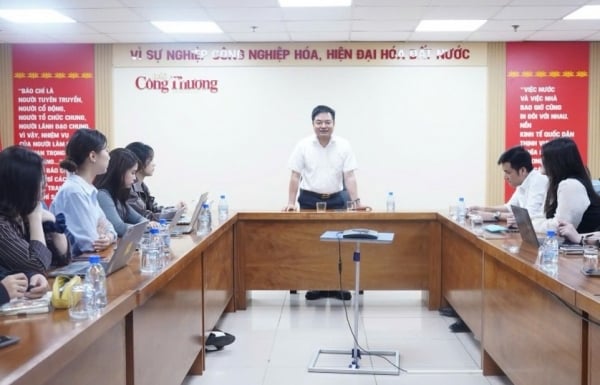

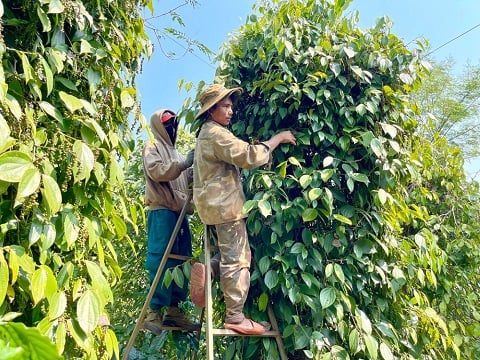

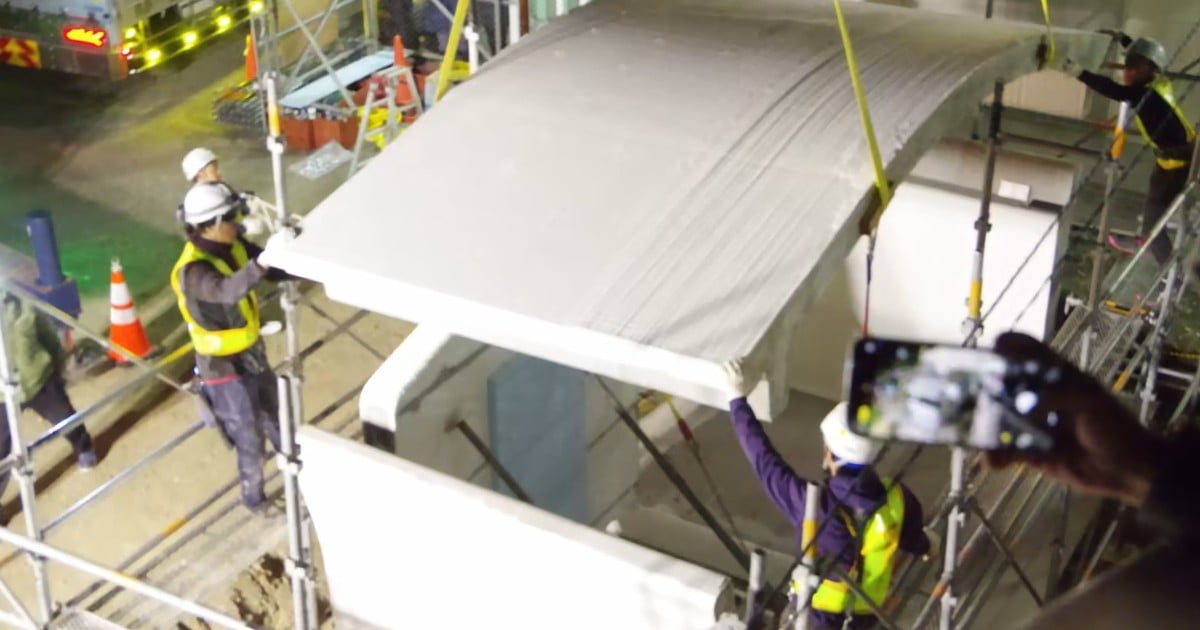



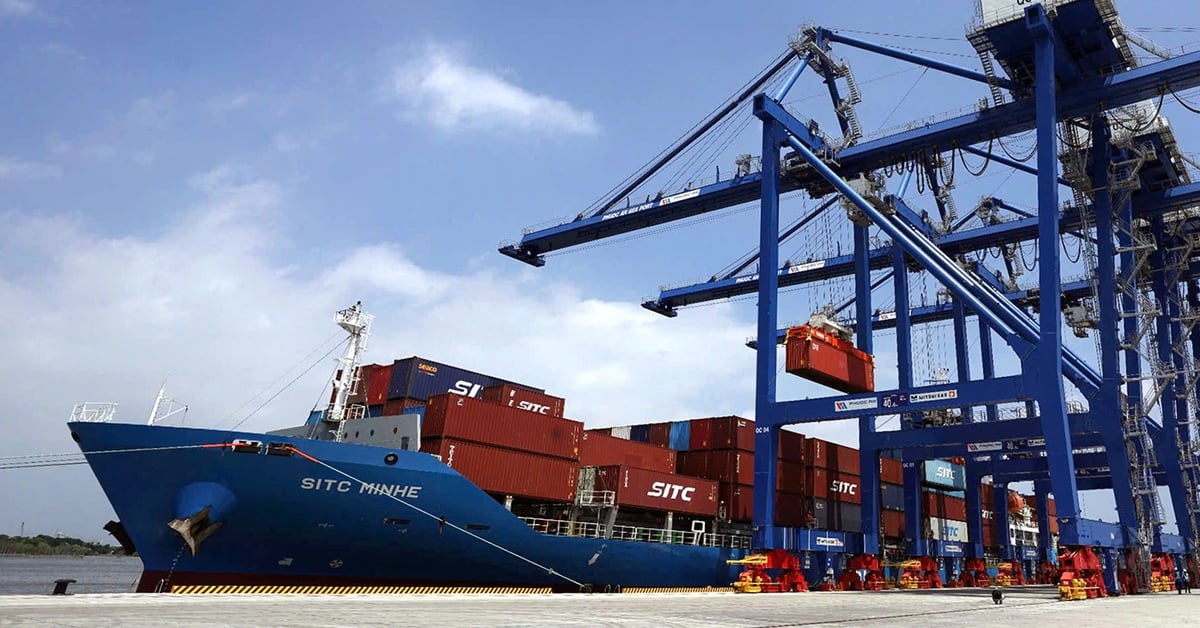



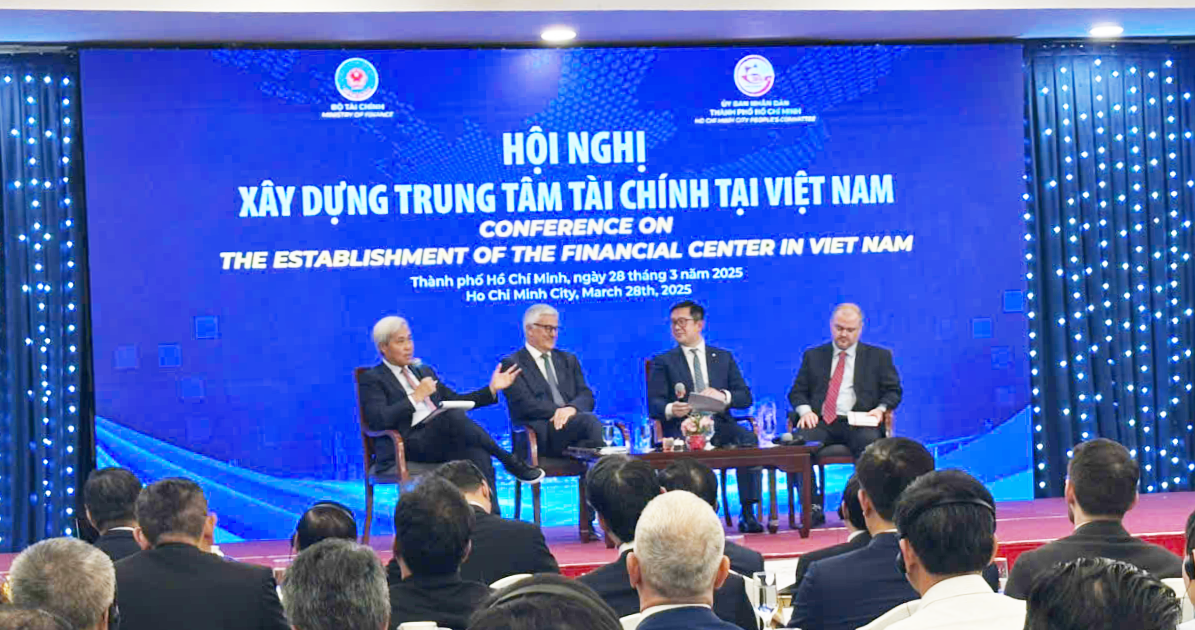



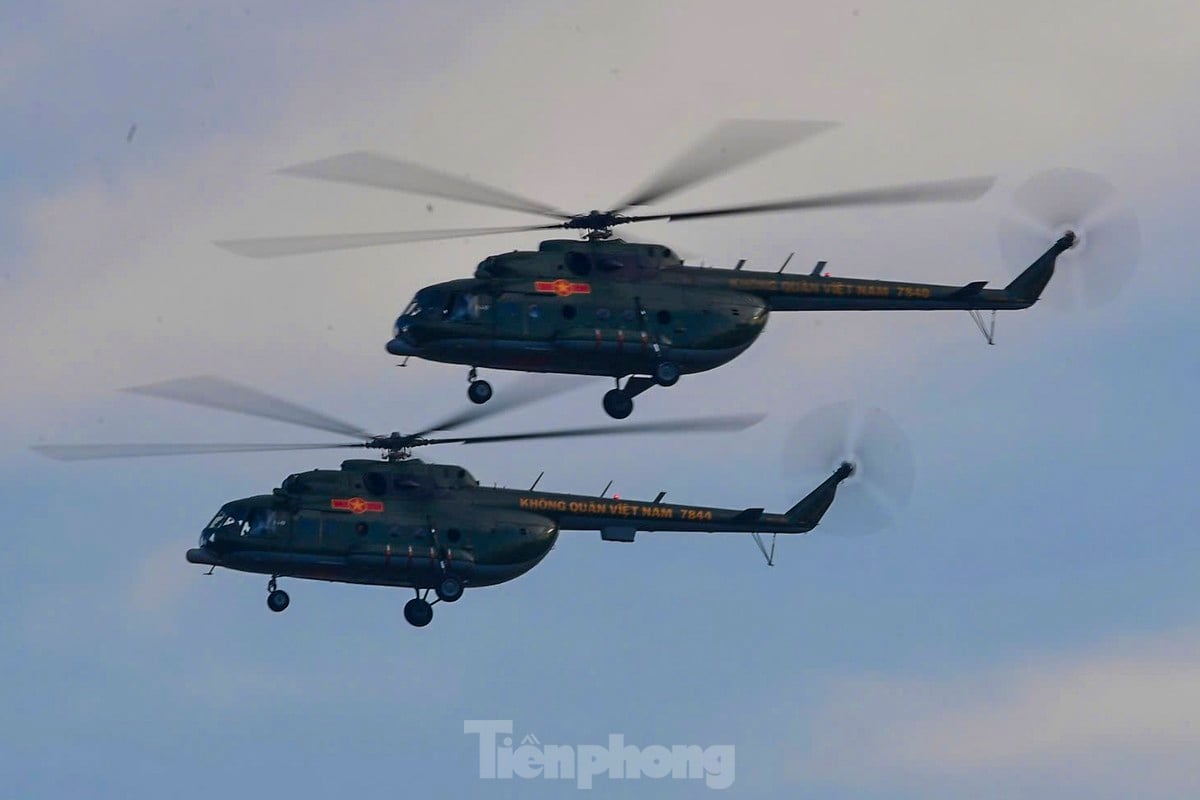














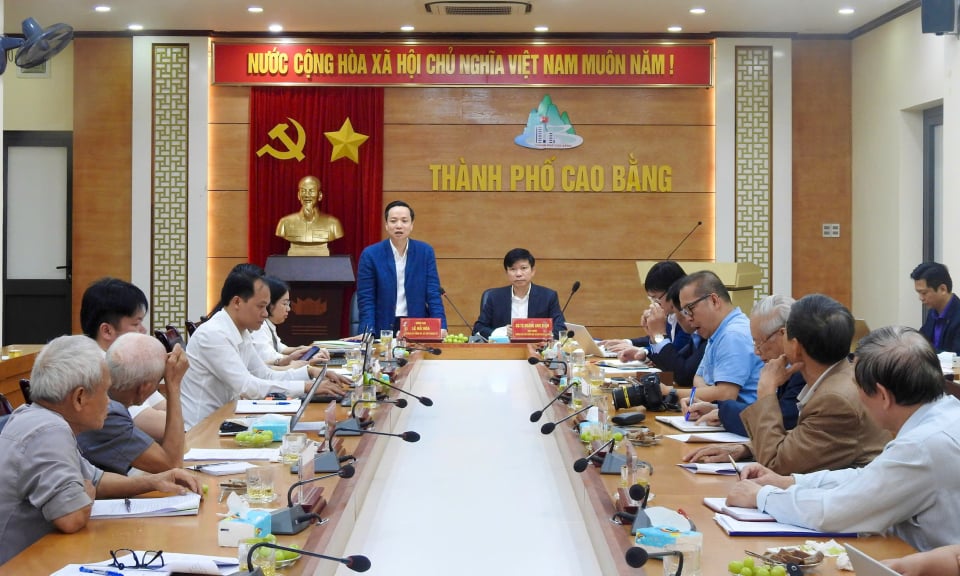

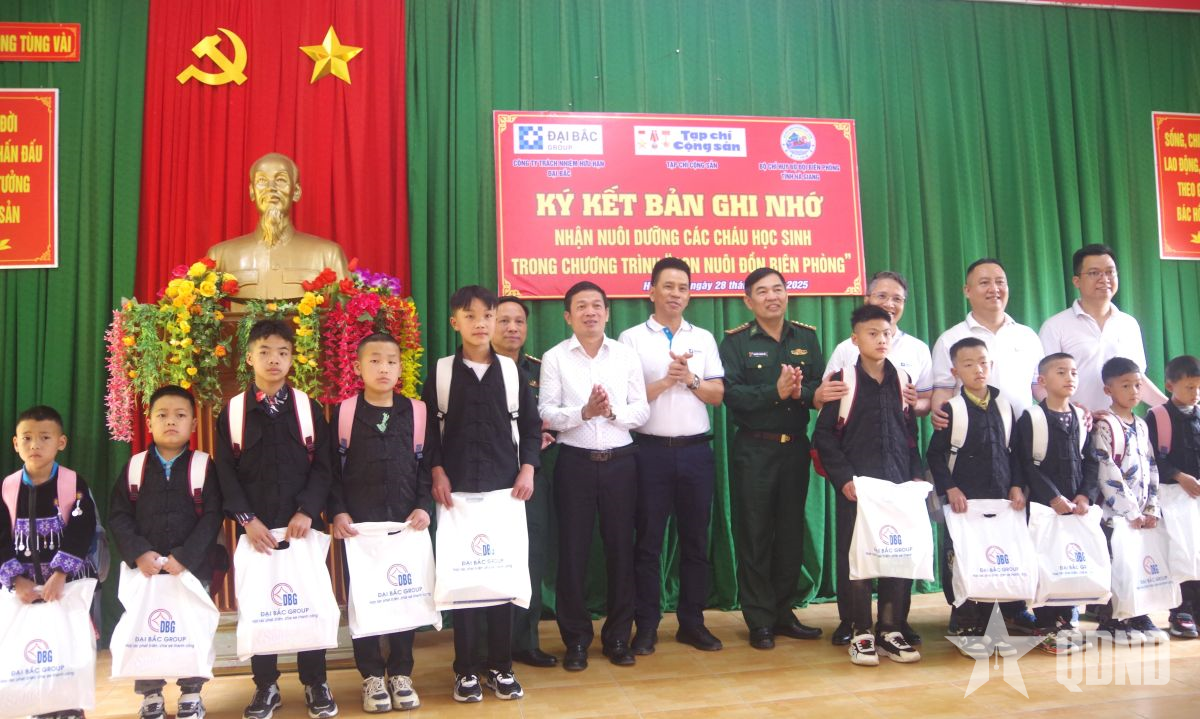
















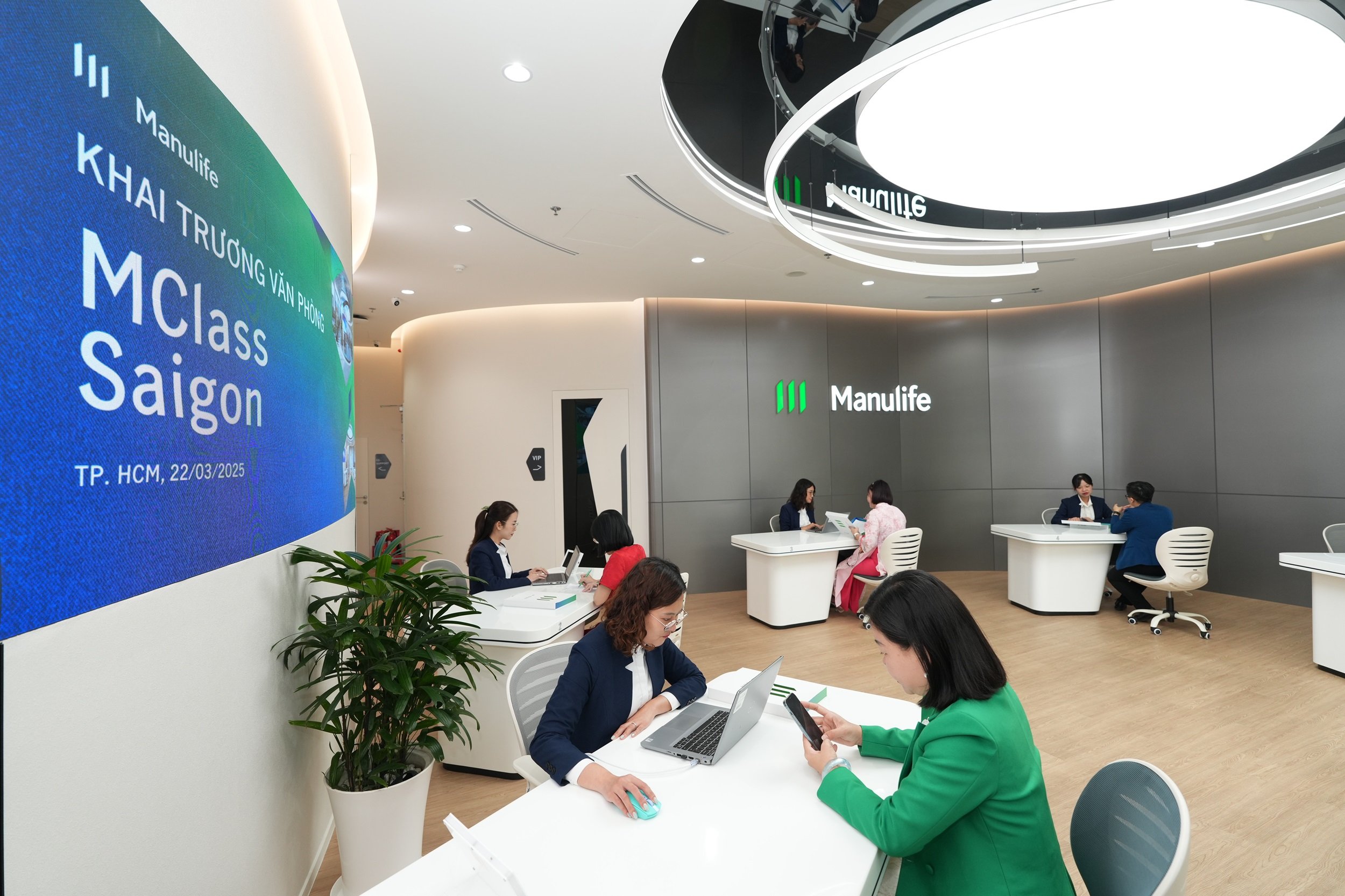
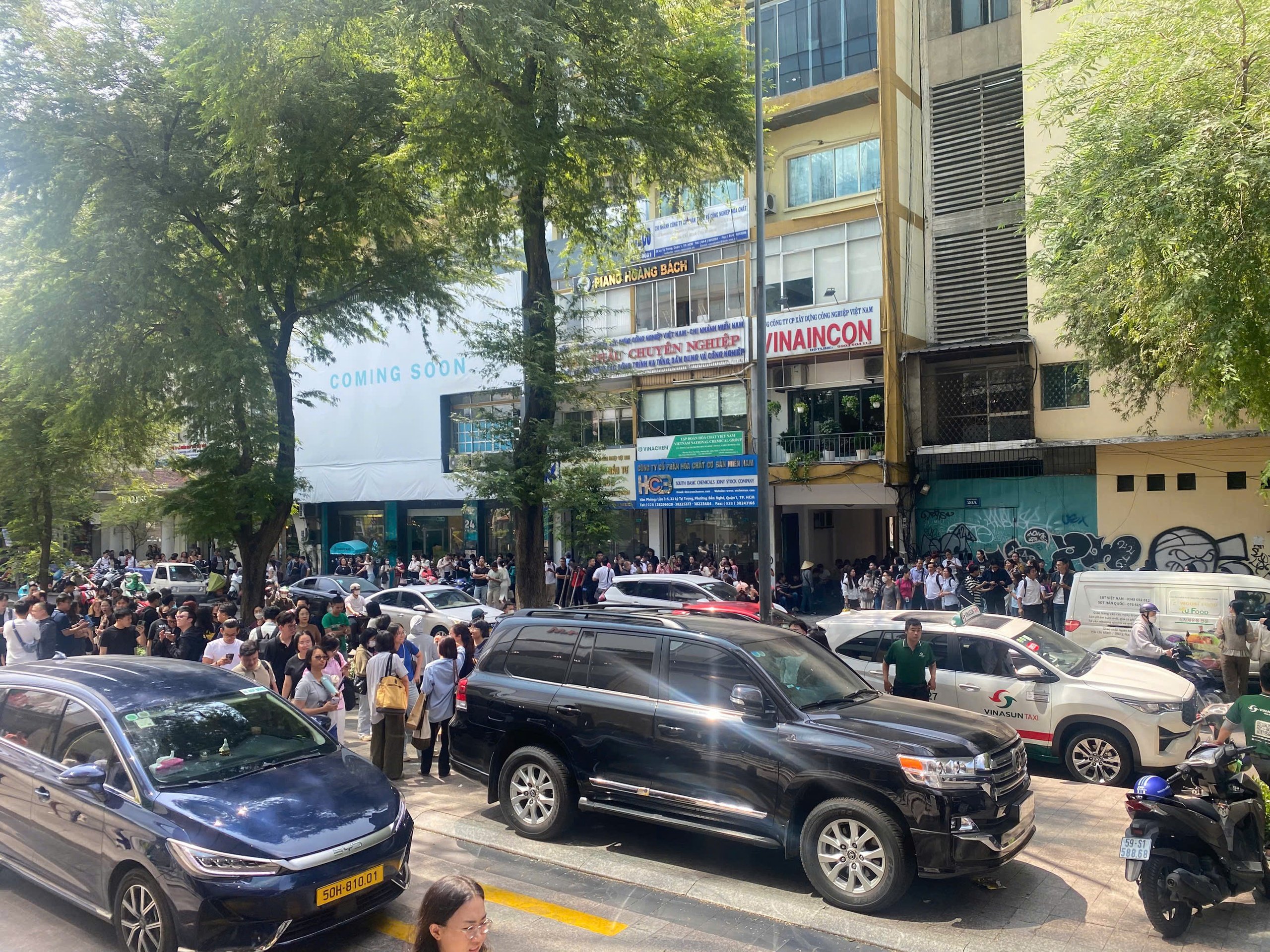
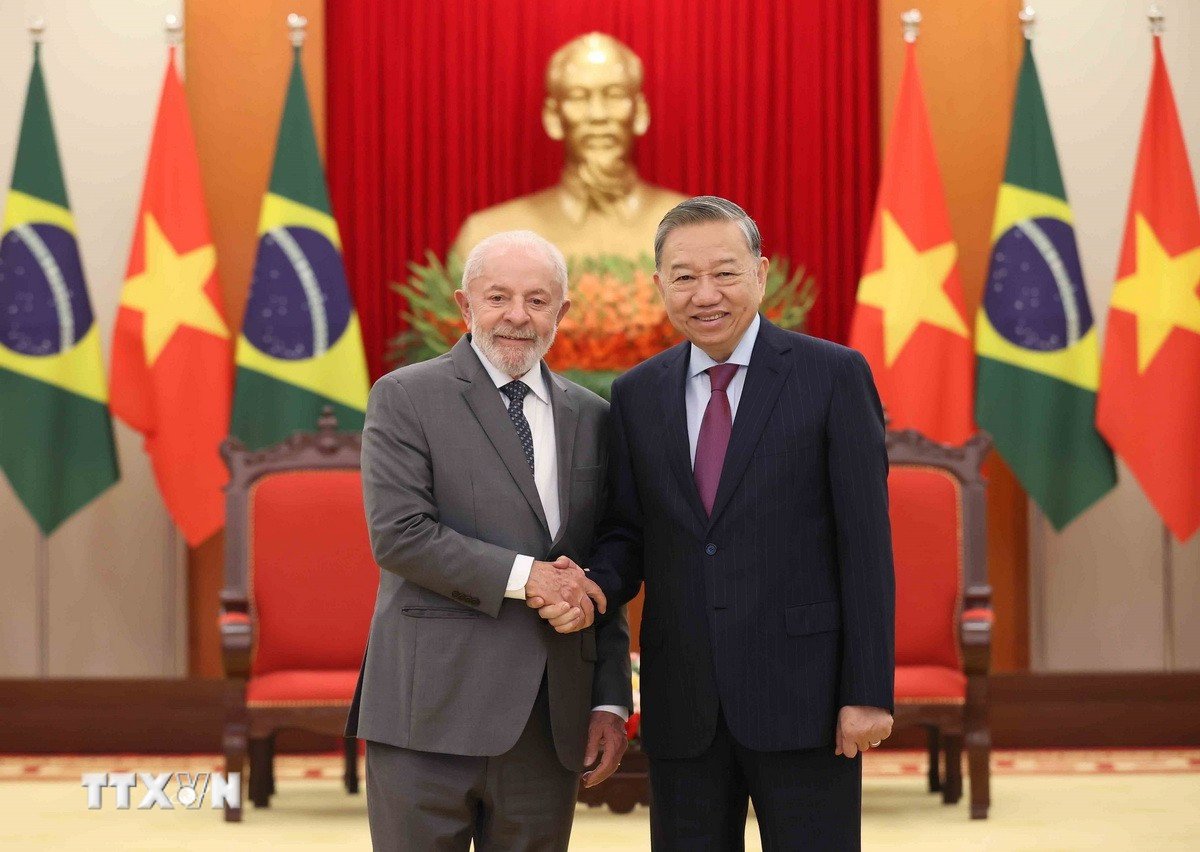

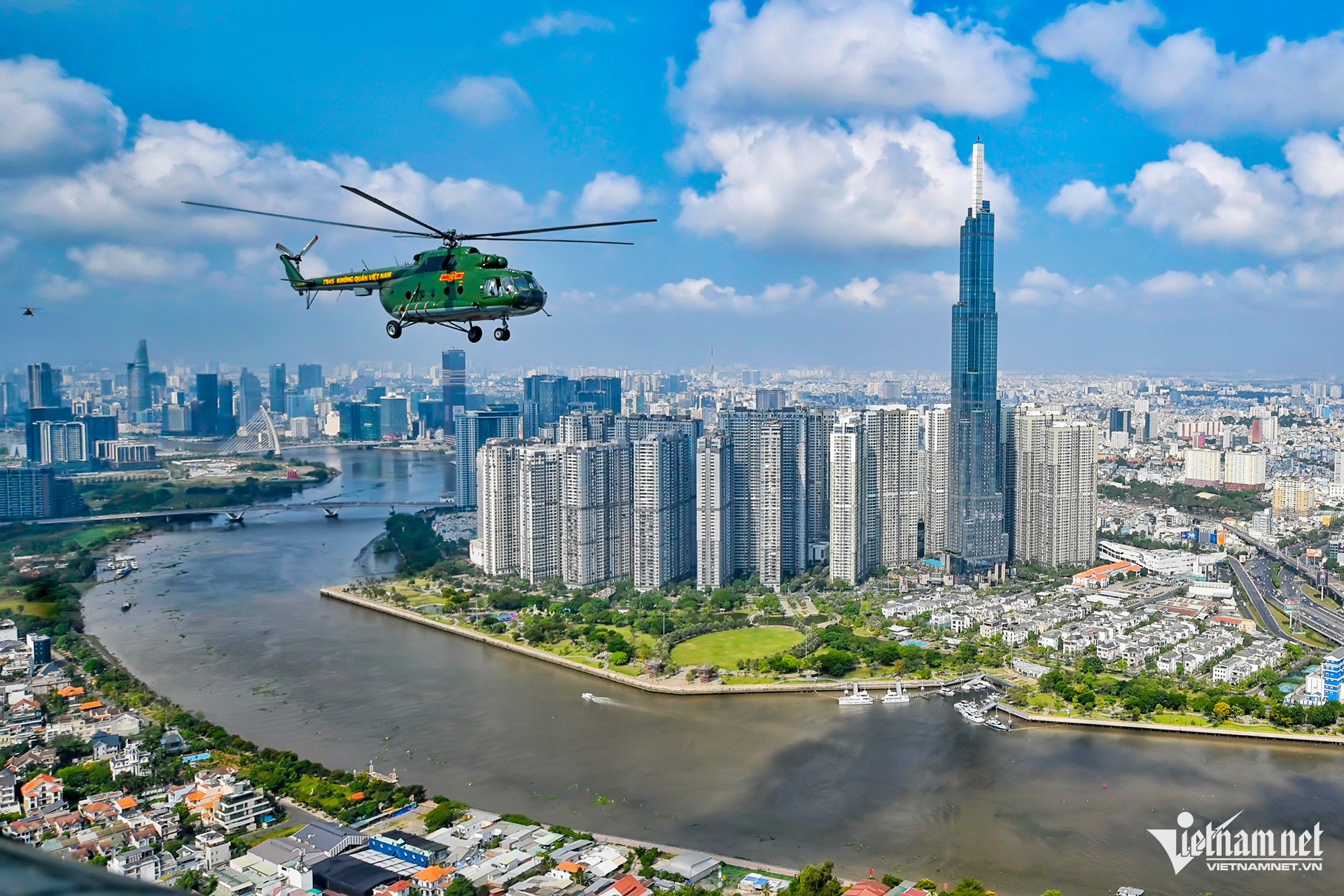


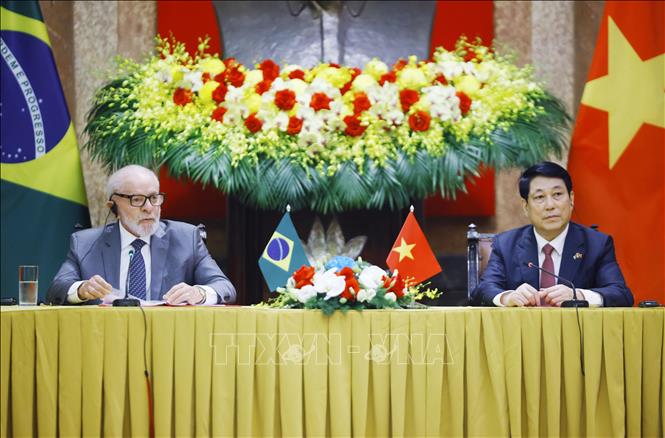

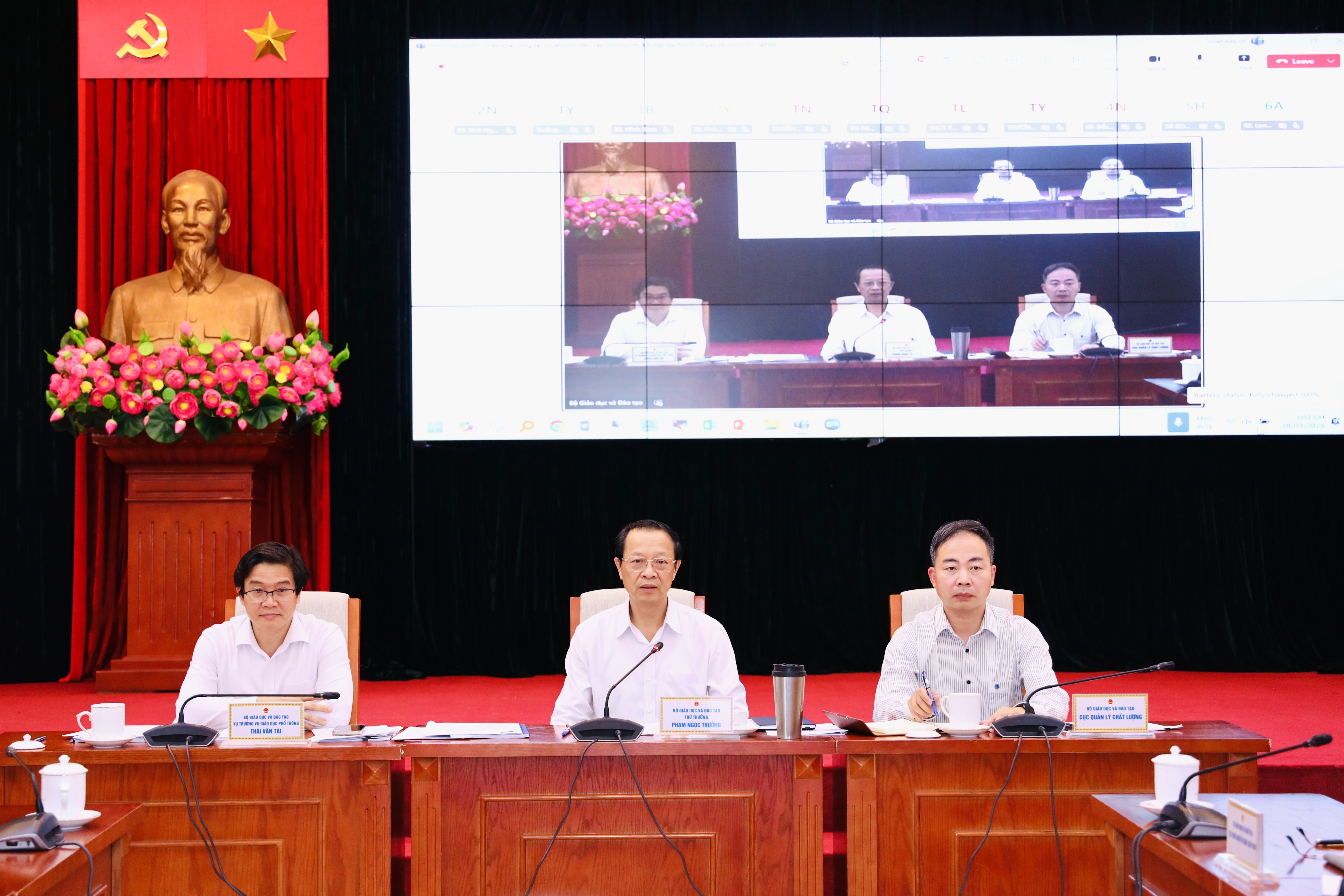

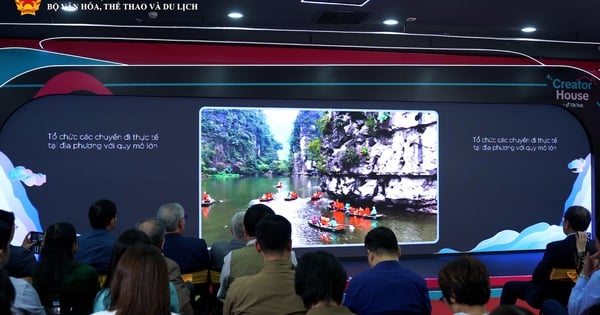


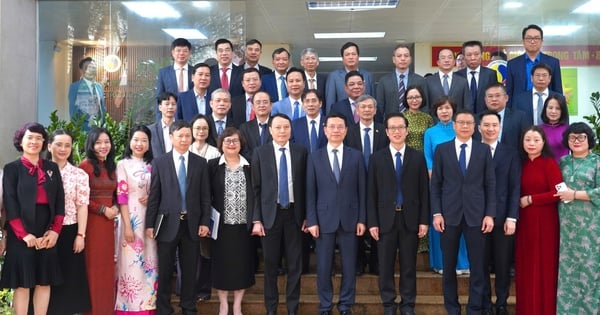


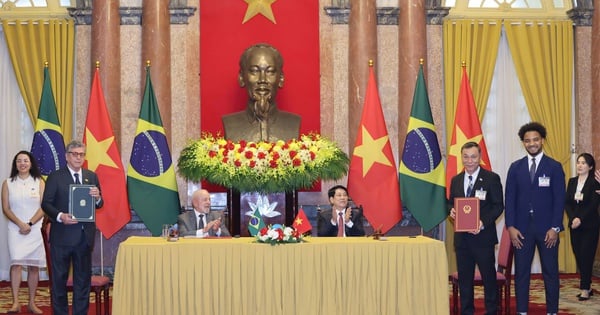




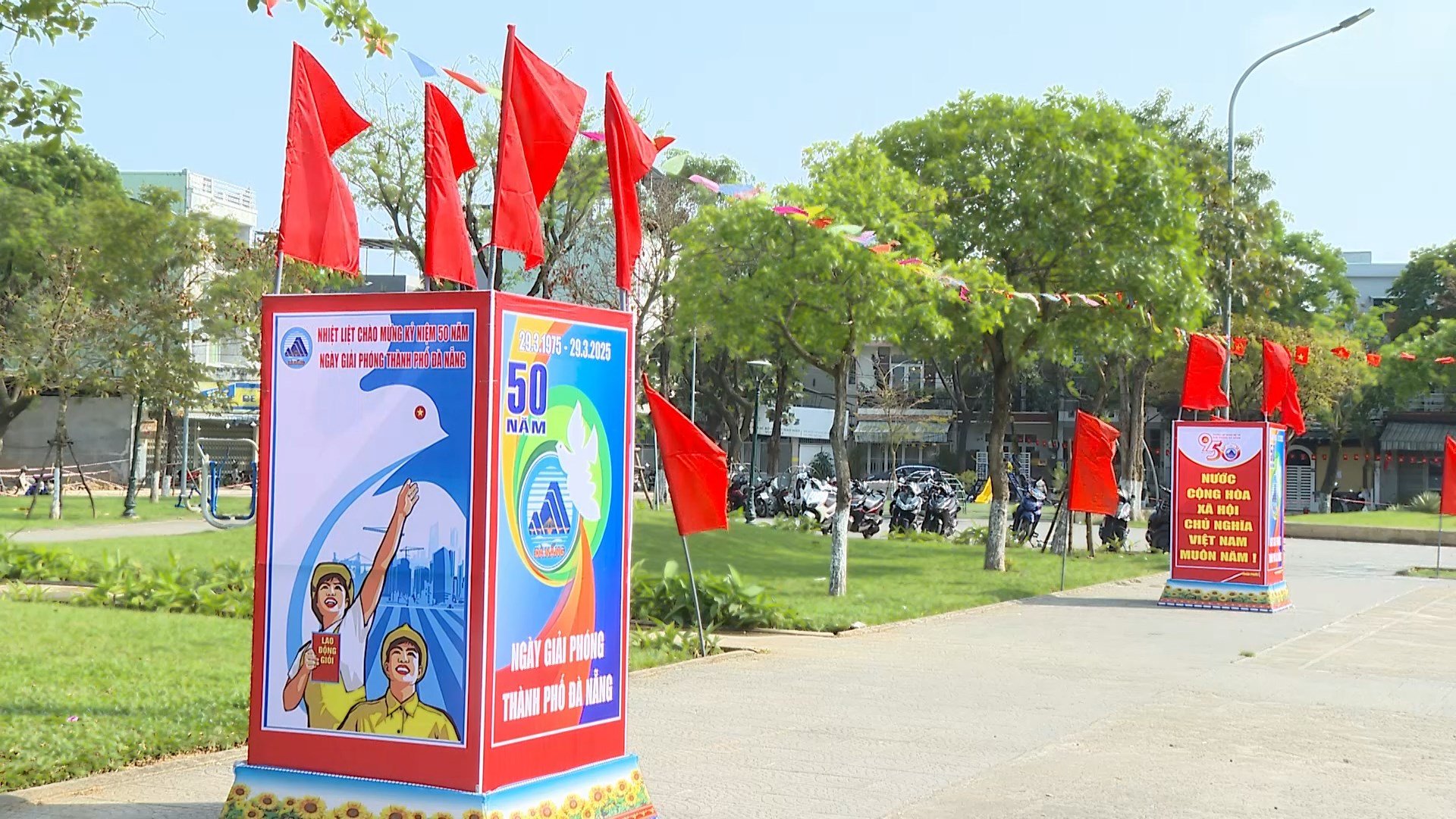
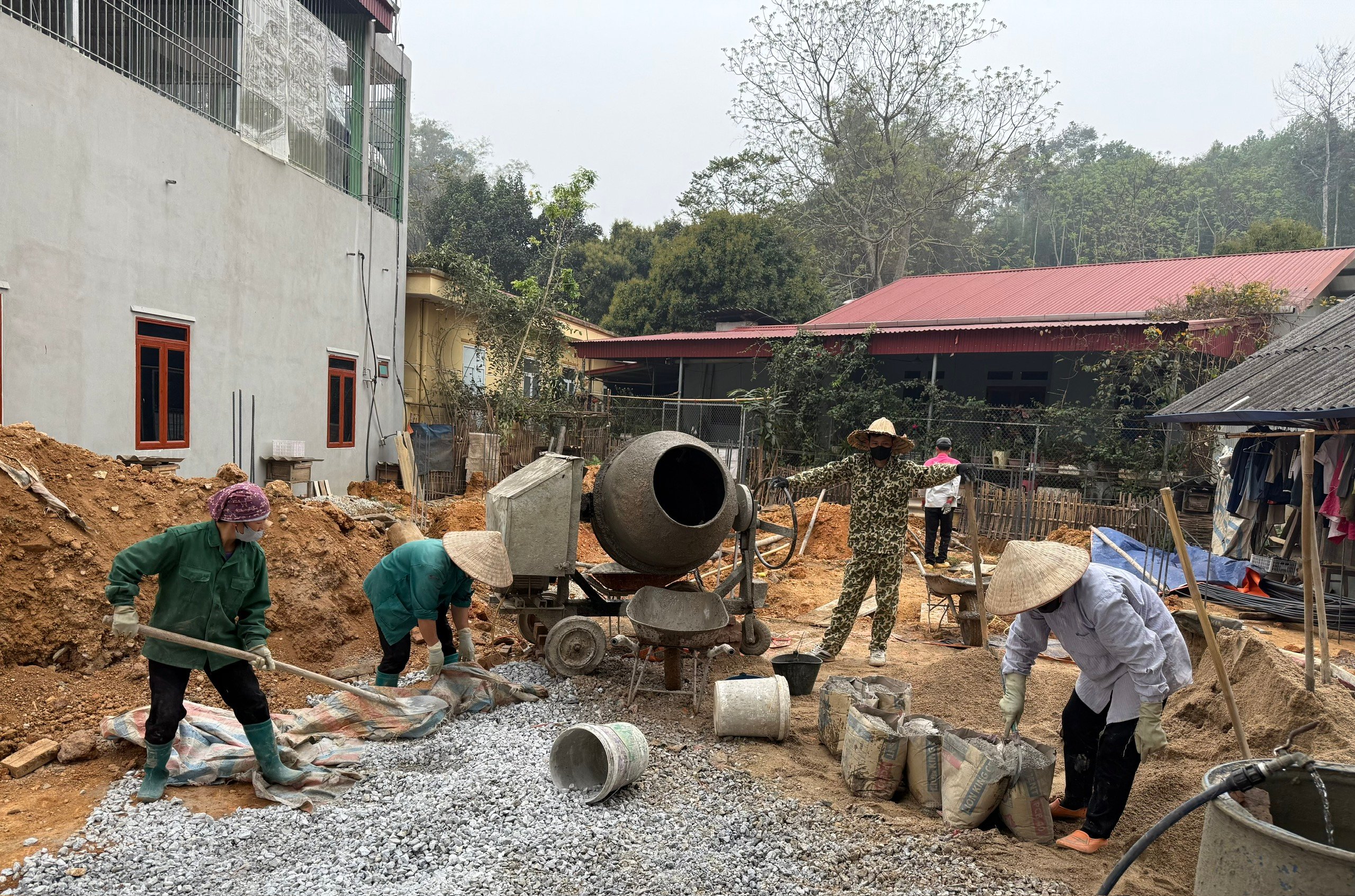
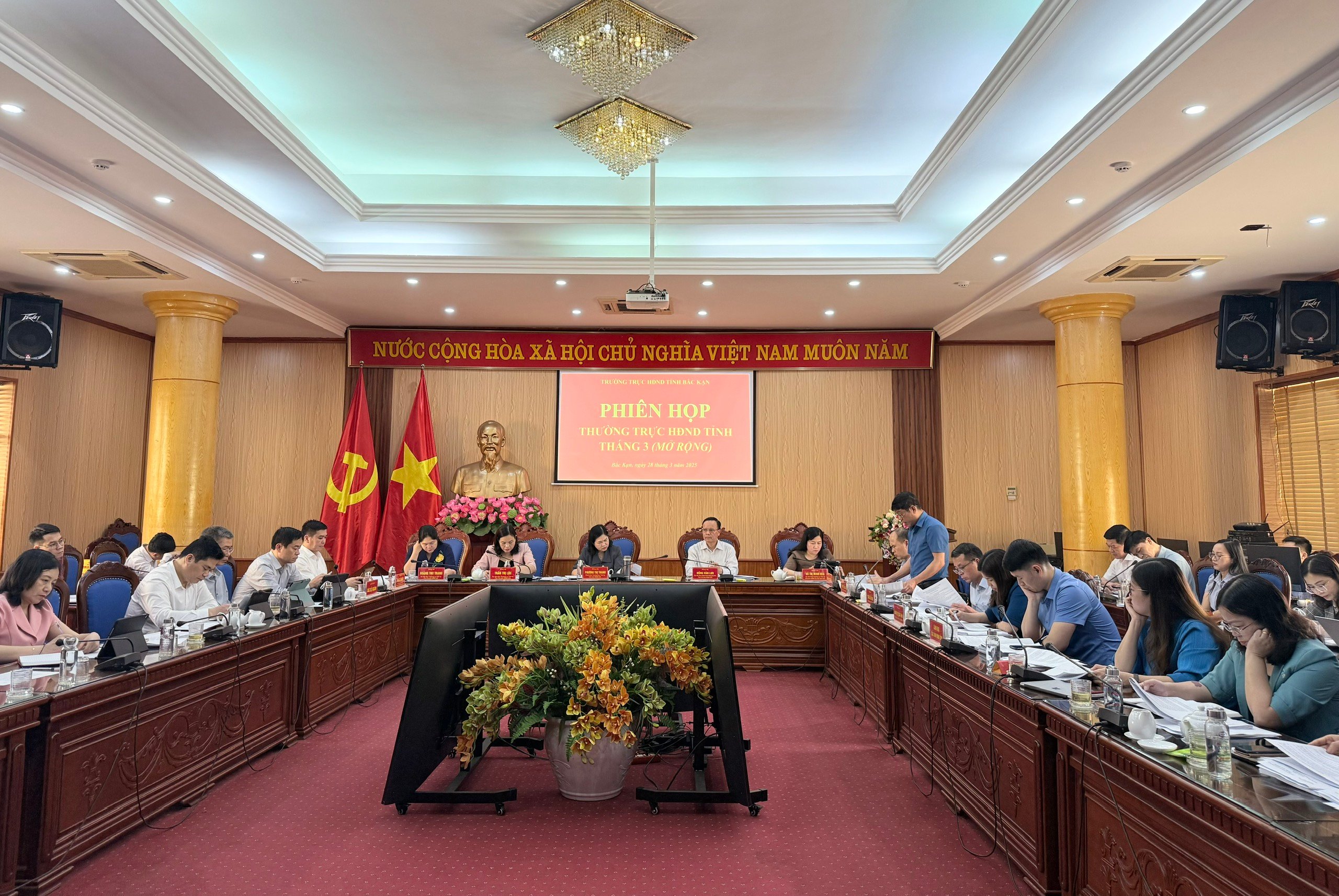
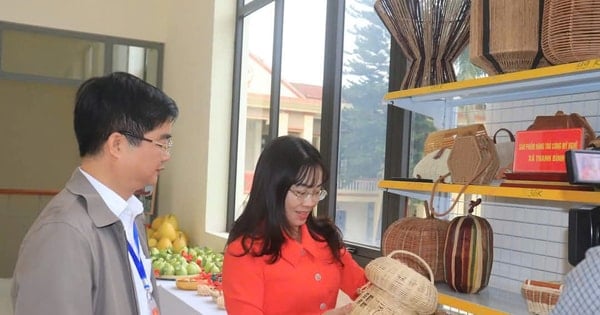

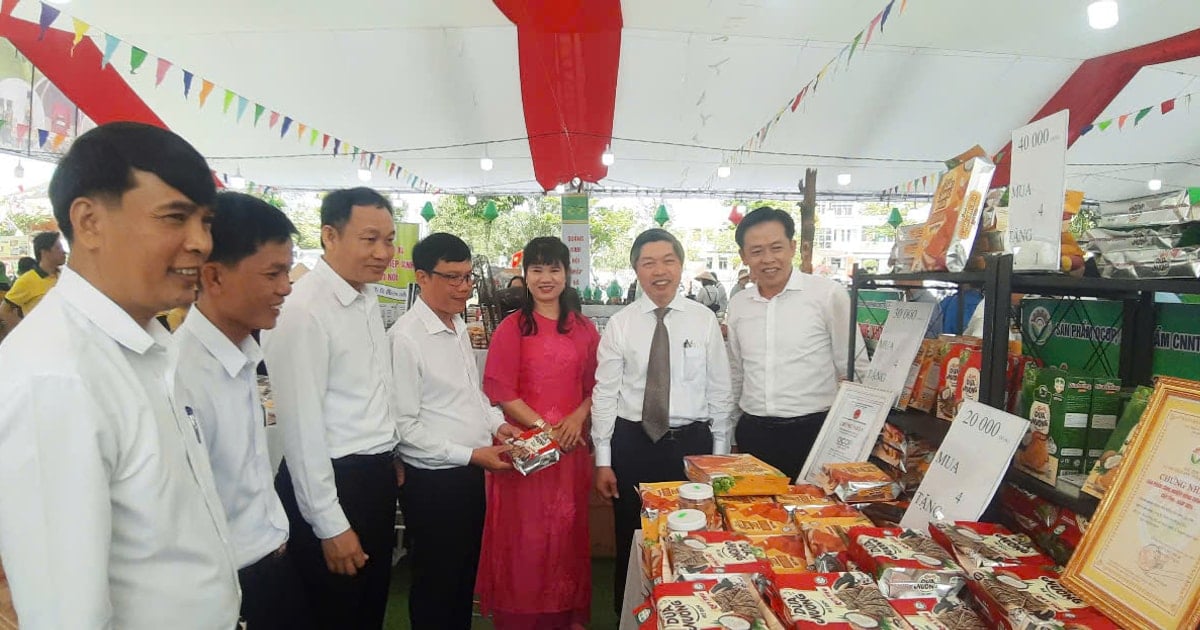


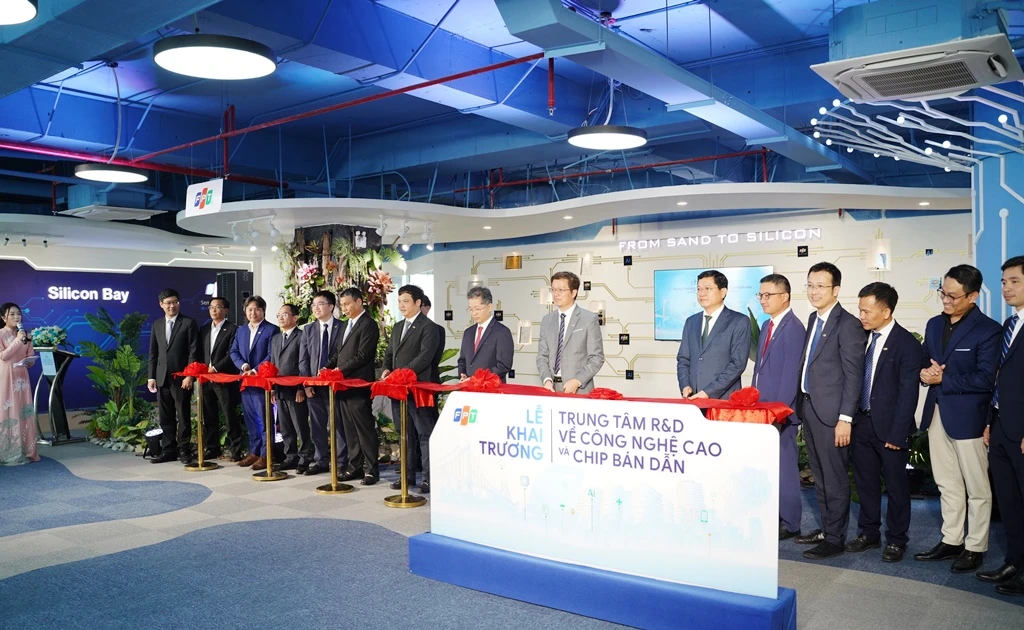
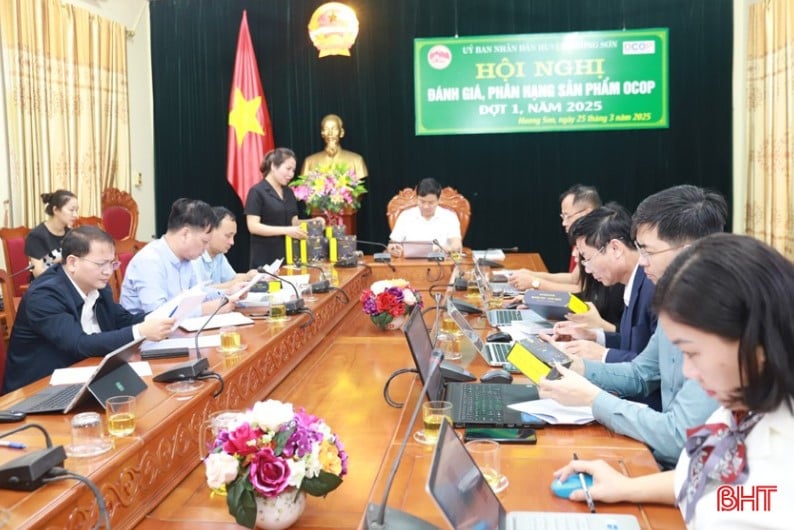


Comment (0)